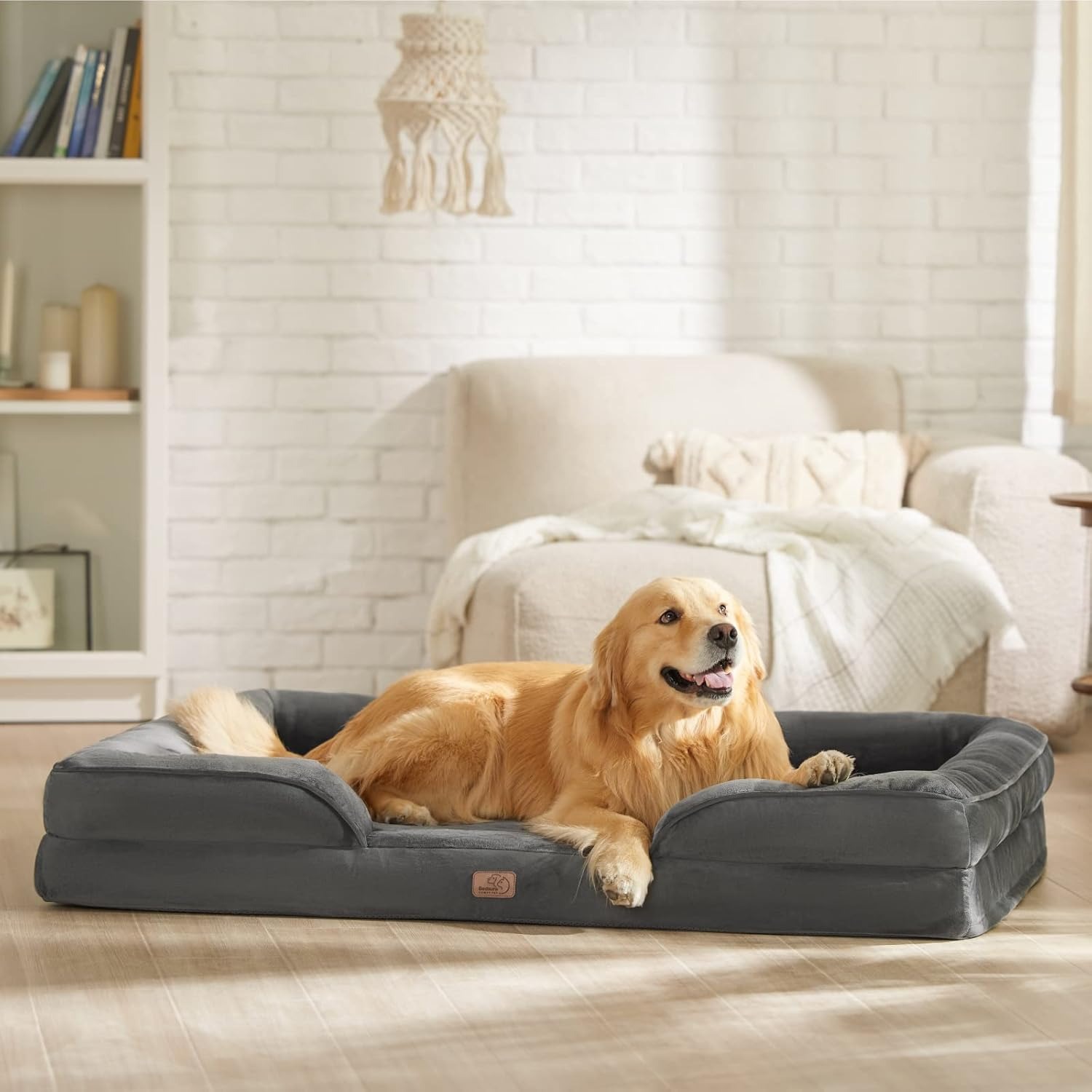Interactive pet toys are more than just playthings; they are essential tools for keeping your furry friend engaged, healthy, and happy. If you’re looking to boost your pet’s playtime with engaging, stimulating, and fun toys, choosing the right one is key. This article delves into the top interactive pet toys available, exploring their benefits and features to help you make the best choice for your pet. Let’s take a look at the best interactive pet toy and how they can contribute to your pet’s overall well-being.
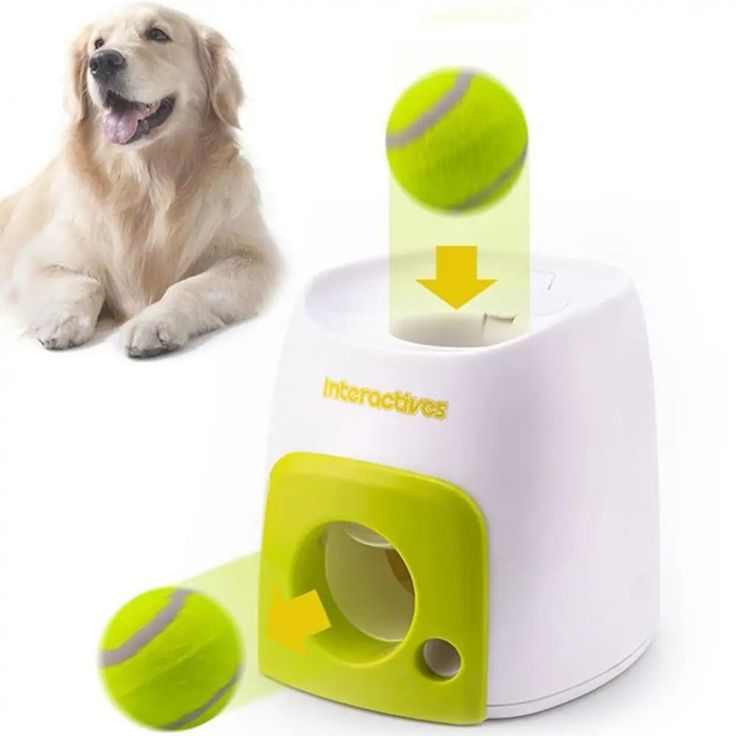
Why Interactive Pet Toys are Important for Your Furry Friend’s Health
Interactive pet toys are not only designed to entertain but also to provide mental stimulation and physical exercise. Dogs and cats need more than just food and rest to stay healthy. These toys can help alleviate boredom, reduce anxiety, and even improve behavior by keeping pets focused and engaged.
- Mental stimulation: Pets love to use their instincts and intelligence to solve problems, and interactive pet toys are perfect for this. Puzzle toys challenge your pet’s problem-solving skills, which helps sharpen their cognitive abilities.
- Physical exercise: Many interactive toys require your pet to move around, providing great exercise. Whether it’s a ball that bounces unpredictably or a toy that dispenses treats when pushed, your pet will remain active and healthy.
- Reducing stress: Pets, especially those left alone during the day, can experience separation anxiety. Interactive toys provide comfort by keeping them busy and distracted, which helps reduce stress levels.
- Enhancing bonding: Interactive toys can foster a deeper bond between you and your pet. Playing together builds trust, increases interaction, and ensures that your pet feels loved and cared for.
When choosing an interactive pet toy, look for one that not only challenges your pet but also matches their personality and energy level. The right toy can make a huge difference in your pet’s happiness and health.
Types of Interactive Pet Toys for Different Pets
Not all pets are the same, and the type of interactive pet toy you choose should depend on your pet’s species, size, and personality. Here are some options tailored to different pets:
- Dogs: Interactive dog toys come in various forms, from treat-dispensing balls to plush toys that squeak when pressed. Puzzle toys, like the Nina Ottosson Dog Puzzle, encourage dogs to figure out how to unlock treats, providing mental stimulation while rewarding them for their efforts. There are also remote-controlled interactive toys that move or mimic prey behavior, perfect for dogs with high energy.
- Cats: Interactive toys for cats include laser pointers, moving fish toys, and balls that roll unpredictably. Laser toys provide hours of fun for cats, satisfying their natural hunting instincts. Automated toys that mimic small animals or birds can also engage your cat for hours.
- Small Animals: Even small pets like rabbits and guinea pigs benefit from interactive toys. Tunnel systems, chew toys, and small pet-sized puzzle toys can keep them entertained, especially if they live in an enclosure where they don’t have as much space to roam.
No matter what type of pet you have, there is a suitable interactive pet toy available to keep them engaged and entertained.
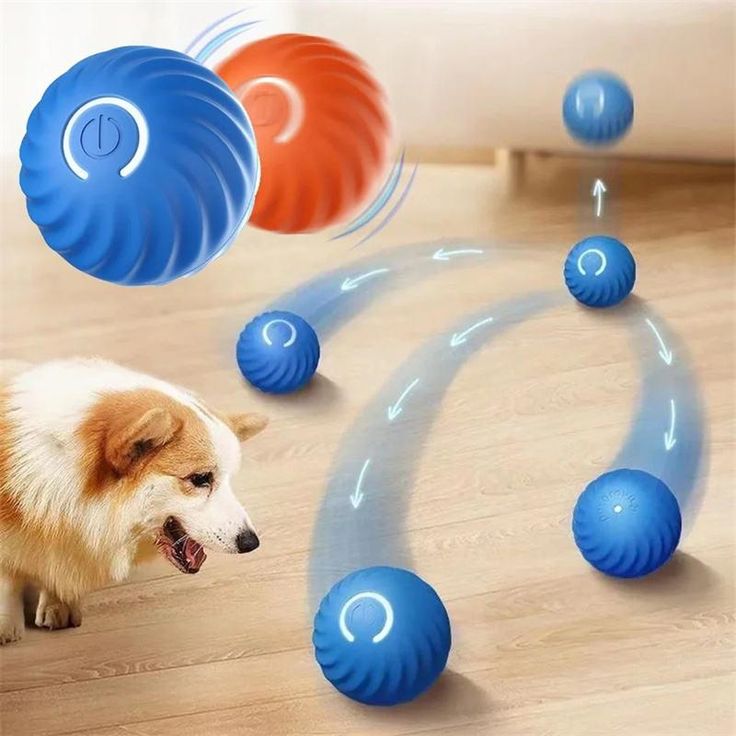
How Interactive Toys Help Prevent Destructive Behavior
Pets, especially when bored, can often engage in destructive behavior. Dogs may chew furniture, cats may scratch your favorite sofa, or small animals may chew on wires. Interactive pet toy provide a healthy outlet for these behaviors.
- Chewing: For dogs, chewing is a natural behavior. Providing them with durable interactive toys, such as chew toys that release treats or rubber toys designed to withstand chewing, can help redirect this behavior away from your furniture and belongings.
- Scratching: Cats love to scratch, and while they can’t help it, you can direct their scratching tendencies toward interactive toys like scratching posts or toys that allow them to engage in more acceptable behaviors.
- Digging: Some pets, particularly dogs, may dig when they’re anxious or bored. Interactive toys with a treat reward system can keep them engaged and distracted from digging, reducing this problem over time.
- Agitation: Pets that are left alone for long periods may act out due to anxiety or frustration. Interactive pet toys that require active participation help alleviate these feelings by keeping them entertained while you’re away.
By offering these engaging toys, you help prevent destructive behavior and promote positive actions that lead to a happier pet.
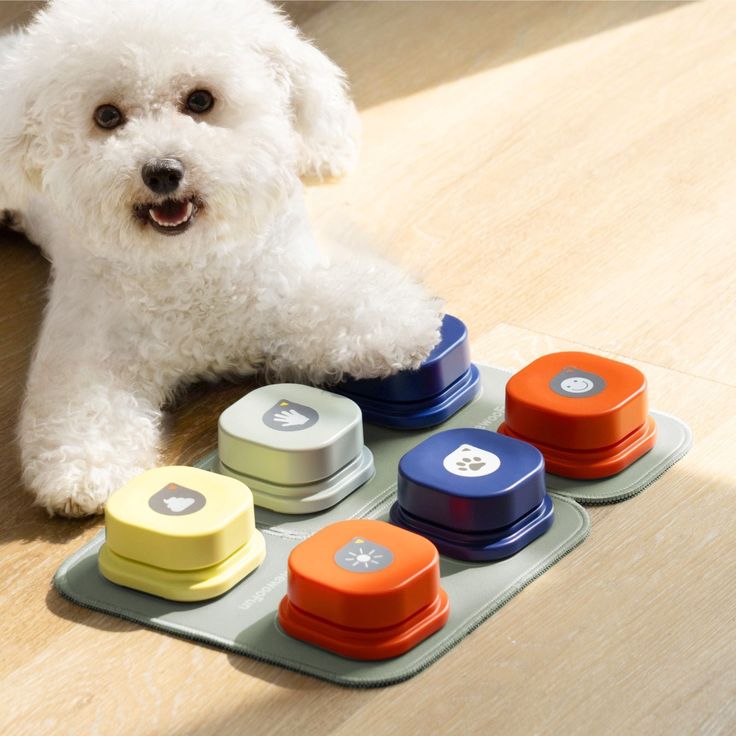
Interactive Pet Toys That Foster Cognitive Development
Just like humans, pets need mental stimulation to grow and develop. Interactive pet toy help pets improve their problem-solving skills, enhance their cognitive abilities, and build their memory. Here are a few toys designed to support cognitive development:
- Puzzle toys: These toys challenge your pet to solve problems to access rewards like treats. They often come in different levels of difficulty, ensuring that as your pet improves, the challenge increases.
- Treat dispensers: Toys that release treats when activated engage your pet’s memory and decision-making skills. Your pet has to remember how to trigger the release, which builds mental capacity and helps avoid cognitive decline.
- Interactive feeders: These toys double as a food dispenser and a mental exercise, slowing down meal times while keeping your pet engaged in an active and stimulating activity.
Cognitive development is crucial for pets of all ages, and interactive toys play a key role in keeping your pet’s brain sharp and active.
The Benefits of Automated Pet Toys
Automated interactive pet toys have become increasingly popular because they offer convenience while providing great entertainment for your pet. These toys use sensors, motion, or timers to keep your pet engaged, even when you’re not home.
- Motion-activated toys: These toys move or react when your pet interacts with them, keeping your furry friend engaged for long periods. They often mimic prey behavior, which keeps pets on their toes.
- Remote-controlled toys: These toys can be controlled from your smartphone or a remote device, offering a way for pet owners to engage with their pets from a distance. This is ideal for busy pet owners who may not have the time to play in person.
- Timed toys: These toys automatically start at set intervals, ensuring your pet always has something to do. Some of them even feature treat dispensing, which rewards pets for their actions.
Automated interactive pet toys can be particularly beneficial for pets who need consistent stimulation and for pet owners who may have a busy schedule.
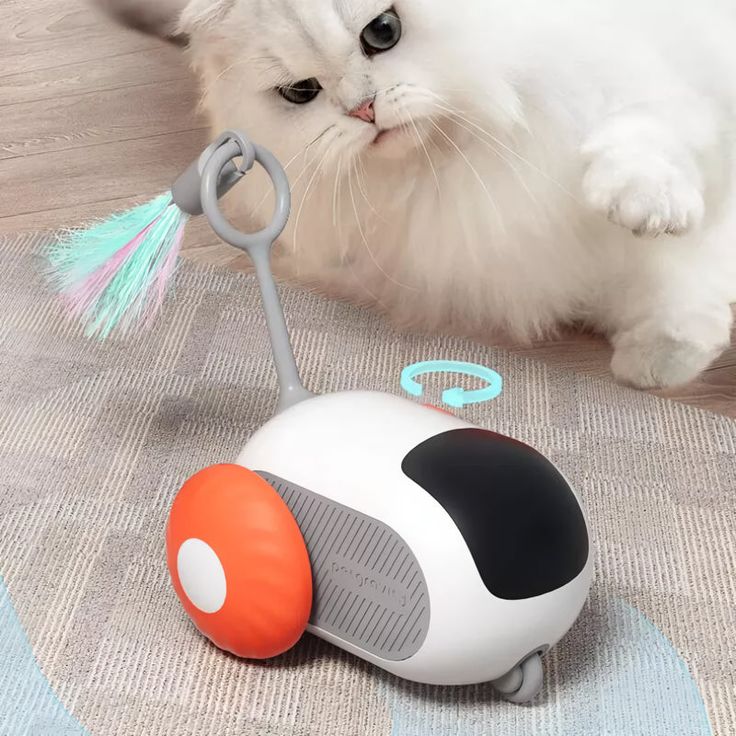
Safety Considerations When Choosing Interactive Pet Toys
While interactive pet toy offer numerous benefits, it’s essential to choose those that are safe for your furry friend. Here are a few safety tips to keep in mind:
- Material quality: Ensure that the toy is made of pet-safe materials. Avoid toys with small parts that could be a choking hazard, especially for smaller pets.
- Size and durability: Consider your pet’s size and chewing habits. Some pets, especially large dogs, may destroy toys that are not sturdy enough, so choose ones made from durable materials.
- Non-toxic paint and chemicals: Make sure that the toy is free from harmful chemicals or paints, as pets often lick or chew on their toys. Look for certifications like ASTM or CE for toys that are tested for safety.
- Proper fit: Choose a toy that’s the right size for your pet’s breed and age. Too small a toy might be a choking hazard, while too large a toy might not be engaging enough.
By selecting safe and high-quality interactive pet toys, you ensure that your pet enjoys the benefits of play without unnecessary risks.
How to Choose the Best Interactive Toy for Your Pet
With so many options on the market, how do you pick the perfect interactive pet toy? Here’s a simple guide to help you make the best choice:
- Consider your pet’s personality: If your pet is energetic, look for toys that encourage physical activity, like balls that roll or automated moving toys. For more laid-back pets, puzzle or treat-dispensing toys may be a better fit.
- Age and size: Younger pets may benefit from more challenging toys that stimulate their intellect, while older pets might prefer toys that help with relaxation or gentle play. The size of your pet also determines the appropriate toy size.
- Durability: Active pets, especially dogs, often destroy toys quickly. Choose sturdy, durable toys that can withstand vigorous play. Materials like rubber or tough plastic are often the best options.
- Entertainment value: Does the toy keep your pet engaged for long periods, or does it lose its charm quickly? Look for toys that offer varying levels of difficulty or those that offer multiple forms of play.
A well-chosen interactive pet toy can make all the difference in your pet’s daily routine, providing entertainment, exercise, and mental stimulation.
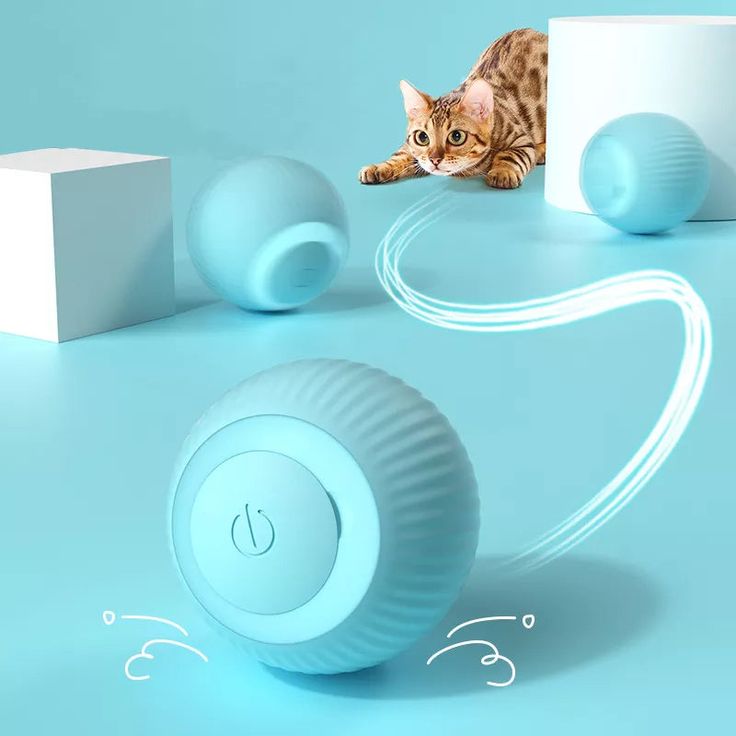
Conclusion:
In conclusion, interactive pet toys are a must-have for pet owners who want to enhance their pet’s well-being. Whether your pet is a dog, cat, or small animal, there is a wide range of toys that offer both fun and mental stimulation. By choosing the right interactive pet toy, you can help keep your pet entertained, healthy, and mentally sharp. Don’t forget to prioritize safety, and choose toys that are engaging, durable, and appropriate for your pet’s needs. Investing in an interactive pet toy is an investment in your pet’s happiness and health.






